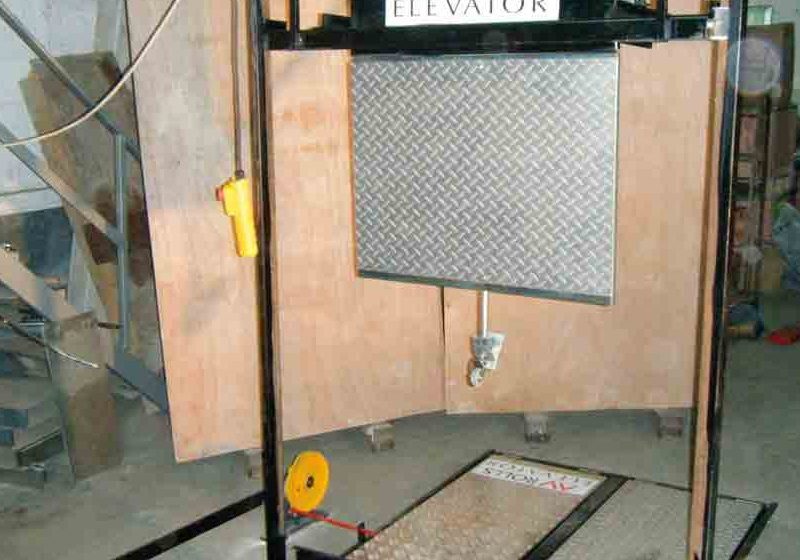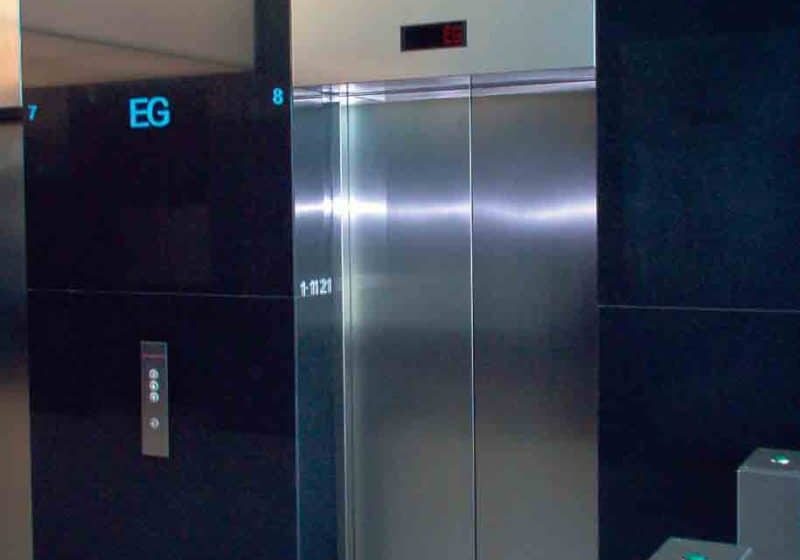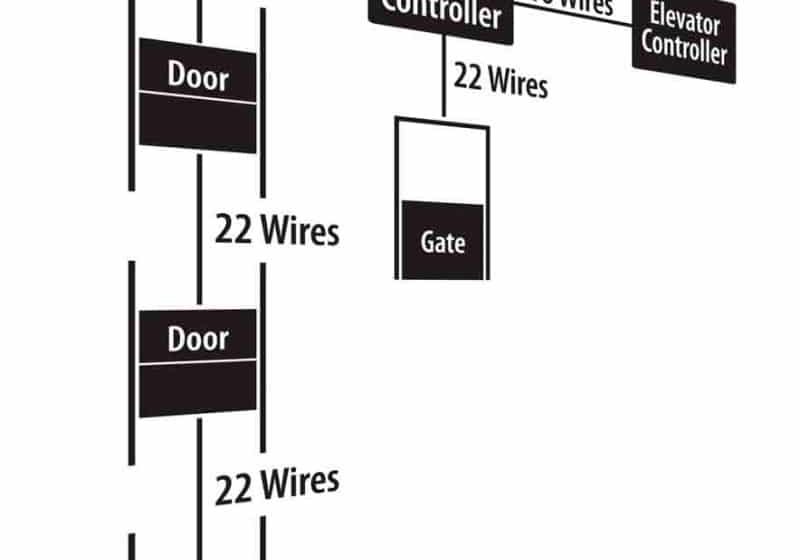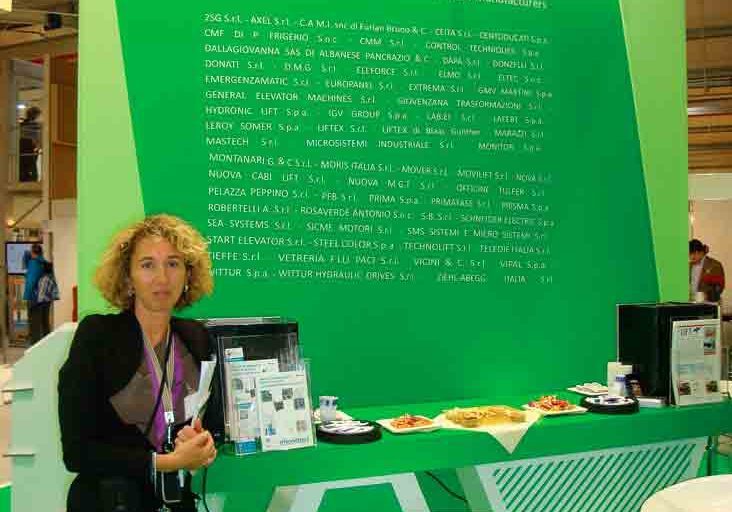The Sleeping Giant is Awake: An Update on the South American Elevator Market
Feb 1, 2012
A general update on the country’s growing vertical-transportation sector
When the South American elevator market debuted at Interlift 2007, your author described the region as “The Sleeping Giant” (ELEVATOR WORLD, February 2008) due to its size: 17.8 million km2, the fourth-largest continent in the world, and population of 399 million, according to the 2008 census. However, its economic activity was not yet significant, and the giant remained dormant. Once an unknown territory in terms of its vertical-transportation industry, interest in the giant has grown due to the developed world’s weakened economies, which has compelled elevator companies to seek out new markets. For this reason, Interlift 2011 seemed an appropriate venue to present a general update on South America and its elevator sector.
South America´s General Characteristics
South America is divided into 13 countries and some nearby islands (including Guyana, Suriname and French Guiana) omitted from this survey due to lack of information regarding their elevator industry. Spanish is the language of the region, with Portuguese spoken in Brazil. The continent boasts a large reserve of natural resources, specifically water and food, as well as other commodities such as minerals, wood and oil. Due to the rising demand of these supplies by emerging economies, their prices soared, and the region grew at a rate of 4-5% and even 8% in some countries, including Argentina.
Brazil propels the giant. As a BRIC member – a grouping of Brazil, Russia, India and China, countries deemed to be at a similar stage of newly advanced economic development – it will host two popular events: the 2014 FIFA (Fédération Internationale de Football Association) World Cup and the 2016 Summer Olympics. This has triggered investments in infrastructure and the building industry at large. If the recent instability in Europe does not significantly affect South America, its economic future through 2016 appears promising.
South America is a complex mosaic where each country has its own peculiarities and uneven degrees of development. Even though countries share characteristics, they differ between each other.
South American Treaties
In 2008, a new entity called the Union of the South American Nations was formed by all countries in the continent except French Guiana. This intra-governmental union stands above the commercial treaties in the region. Modeled after the European Union, it fosters military cooperation, infrastructure and energy development, as well as democracy and human rights.
Mercosur (Common Southern Market) was signed in 1991 by Argentina, Brazil, Paraguay and Uruguay – full member countries – to promote the free circulation of people and goods with a common foreign tariff. Six other associate members adhere only to the defense of democracy, human rights, and protection of the environment, among other goals.
The Elevator Market and Product Trends
In this survey, the 2006 data as informed in 2007 were taken as a basis. These figures have been updated, giving consideration to new installations, existing equipment and expectations through 2015.
Market growth has been generally positive during the last four years. The local component manufacturing and supplier sectors are gaining importance due to outsourcing, a method widely used by multinational companies. Chinese products – elevator components and escalators – are penetrating the market and new elevators as a standard kit have become commodities. Machine-room-less (MRL) installations are unpopular, with differences among countries, and gearless machines with permanent-magnet synchronous motors (PMSMs) are increasingly implemented for high-rise, high-speed applications, though they remain costly.
The Elevator Market: Characteristics by Country
As it is impossible to render a detailed report in the limited space of a magazine article, some countries out of the 10 analyzed in depth in the Interlift presentation are given as representative market samples.
Summary
When this survey was prepared, the effects of the weakening global economy, particularly in Europe and North America, had not yet reached South America. However, a slowing of economic activity is expected in terms of growth, but if the demand for the continent´s commodities continues, the giant will remain awake. Positive expectations are reasonable regarding the vertical-transportation and construction industries. The giant is powered by Brazil and will hopefully stand on its own by 2015. Nevertheless, the important political and economic differences among the South American countries cannot be disregarded.
Disclaimer/Acknowledgement
It is well known that there are no official statistics on the South American elevator industry and this survey has not been backed by a corporate elevator entity. Consequently, the figures included may not be completely accurate but were contributed by elevator professionals directly involved in the industry, all of whom are thanked below:
- Fabio Aranha (Brazil)
- René Fernández Yave (Bolivia)
- Diego Gómez Cassanello (Paraguay)
- Gustavo Lagos (Chile)
- Luis Maldacena (Argentina)
- Fernando Peñailillo (Chile)
- Manuel Ríos (Uruguay)
- Jorge Salvucci (Argentina)
- Gerardo Venutolo (Argentina)
The South American Elevator Market – An Update, a 100-plus-page report, is available as an e-book at www.elevatorbooks.com (in English and Spanish).
Get more of Elevator World. Sign up for our free e-newsletter.









